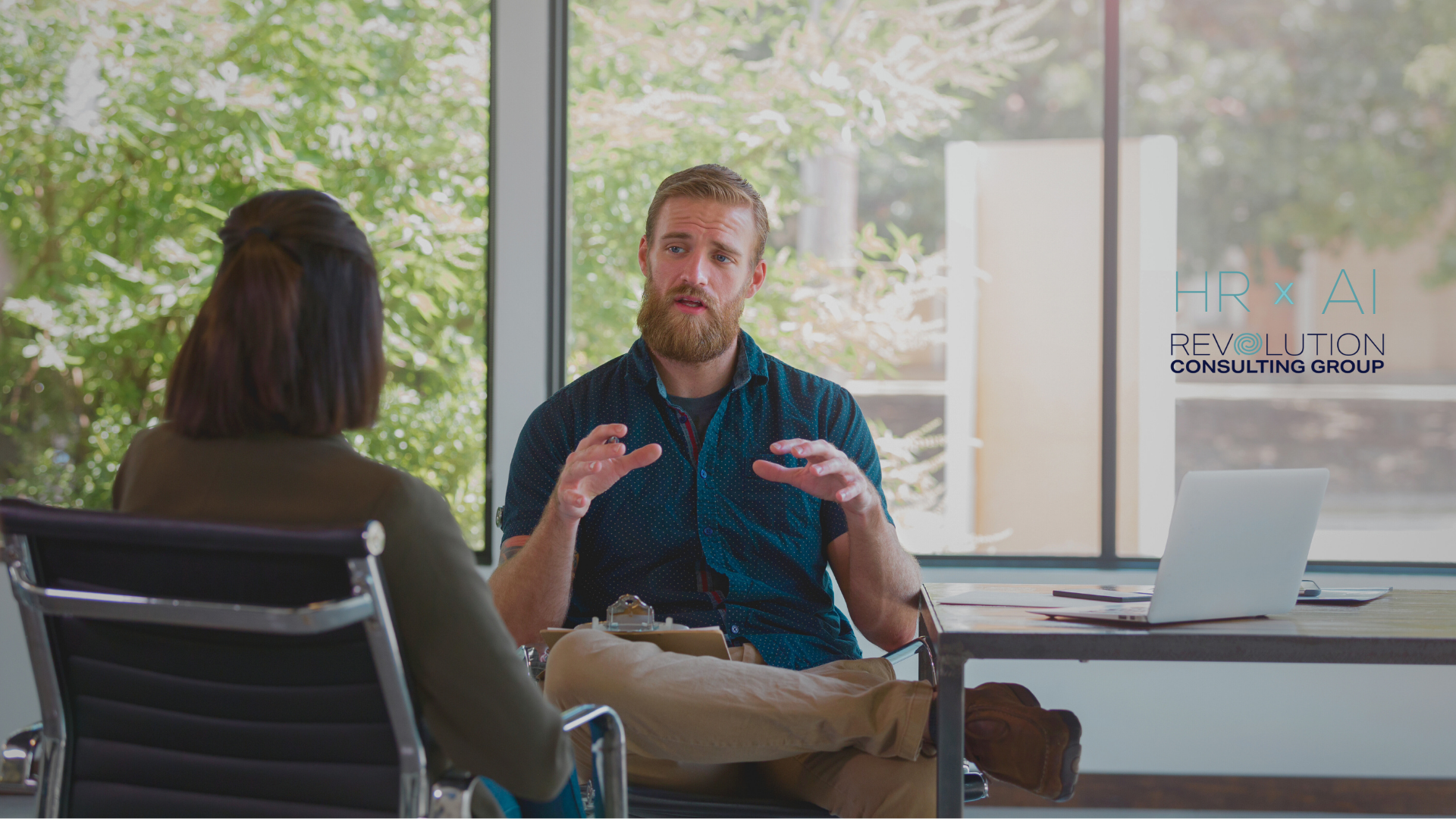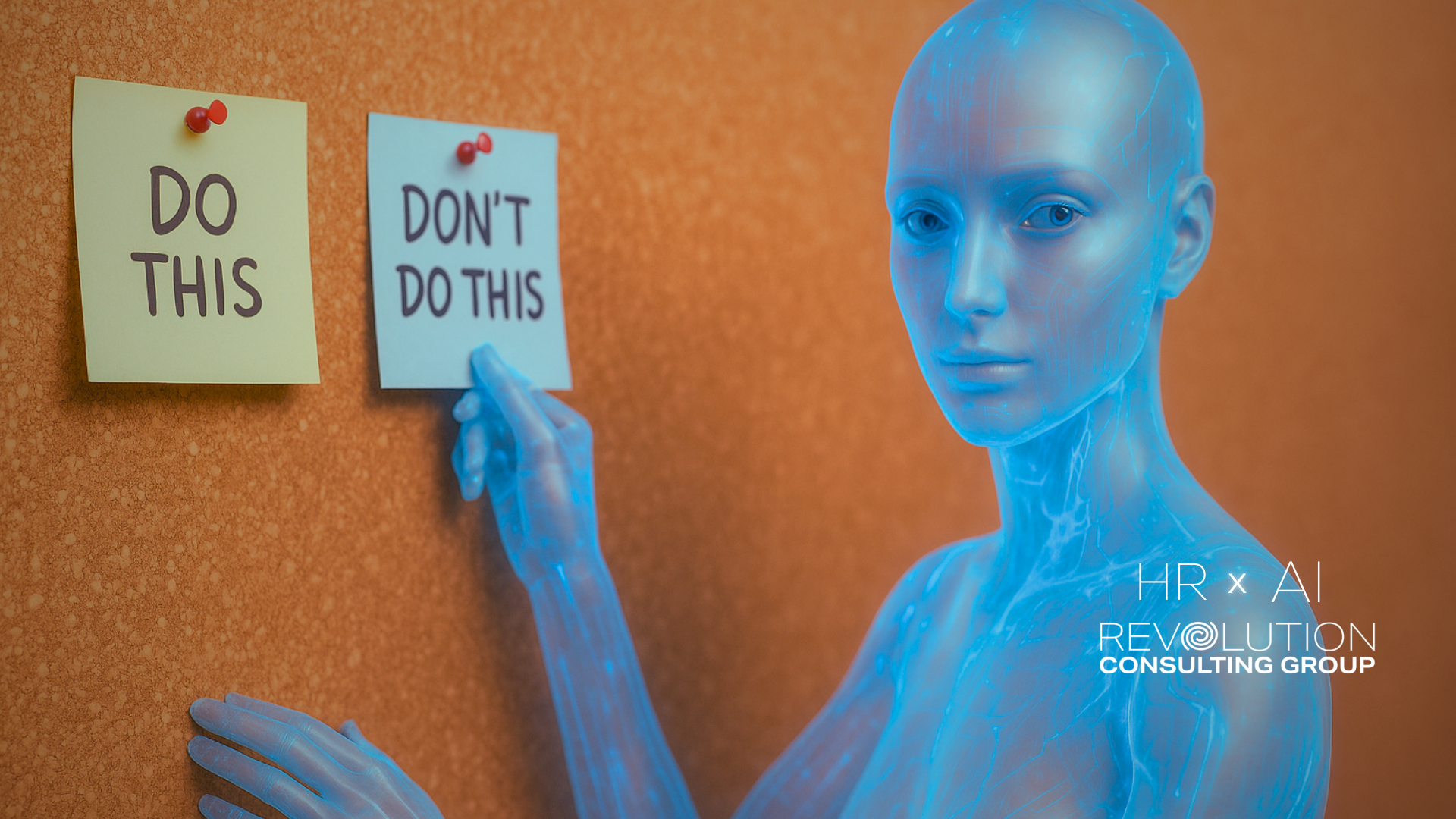Unfair Dismissal Lessons: Casual Florist Wins Claim after Email Sacking Following Sick Leave
In today's fast-paced business world, managing employment laws and employee relations can be overwhelming, especially for small and medium businesses who don’t have in-house HR expertise. The ever-changing landscape of regulations and the complexities of human resources can sometimes leave business owners uncertain about the best course of action. Real-world examples often provide invaluable insights that can help illuminate the path to effective HR management. One such example is the recent Fair Work Commission case of Kate Clift v Tony's Wholesale Flowers.
The Case in Question: Kate Clift v Tony's Wholesale Flowers
In this case, a casual worker named Kate Clift found herself at the centre of a legal battle after being dismissed from her job at Tony's Wholesale Flowers. What makes this case particularly significant is the context of her dismissal: she claimed she was wrongfully terminated after she took sick leave.
Kate Clift had been employed at Tony's Wholesale Flowers for 19 months, working as a casual employee in production. She and two colleagues were stunned to receive an email from their boss, Tristan Smith, informing them that their positions had come to an end. The email stated that their roles were being terminated due to the end of the event season, and they were thanked for their hard work during that period. It’s worth noting that Clift’s contract stated that no notice was required to terminate her employment.
However, Kate Clift believed there was more to her dismissal as she received the email one day after she called in sick for the third time in two weeks. She lodged a dispute with the Fair Work Commission, asserting that her status as a regular and systematic casual employee entitled her to protection against unfair dismissal. Her argument hinged on the fact that she had consistently worked similar shifts over the span of more than 12 months, and thus should not have been terminated without proper consideration.
Furthermore, in her application to the commission, Clift said she missed two shifts because she was sick and the third as she was experiencing “trauma and emotional distress” from her home being broken into. She had communicated her feelings of sickness and unease to her employer, although she hadn't explicitly disclosed that her home had been broken into on the last day that she called in sick.
Commissioner Hampton determined that although Tony’s Flowers may have had an objectively justifiable reason for the dismissal - that work was drying up as the business headed into the off-season - it was not related to Clift’s capacity or conduct at work and therefore was not a “valid reason”. Hampton also said the way Clift was let go via email was unreasonable and therefore deemed it an unfair dismissal.
What have we learned from this case?
Lesson 1: Prioritise Compliance and Fairness
Doing things by the book is crucial. The Clift case reminded me of the significance of understanding employment laws and ensuring procedural fairness when making tough termination decisions. It's essential to have a solid foundation of compliance and a process to guide the way.
How to Minimise Risk:
- Regularly review your employment practices to ensure they align with relevant laws.
- Establish clear criteria for termination, grounded in valid reasons and fair procedures.
Lesson 2: Respect Employee Privacy Regarding Sick Leave
Your employees' well-being matters. The case showed the importance of respecting employee privacy, especially when it comes to sick leave. Open and honest communication builds trust and fosters a supportive workplace culture.
How to Minimise Risk:
- Encourage open communication about sickness or personal circumstances.
- Respect employees' privacy and create an environment where they feel comfortable discussing their challenges.
Lesson 3: Prioritise Written HR Policies and Procedures
Having clear and well-defined HR policies and procedures or an employee handbook is like having a compass to navigate through HR challenges. These documents set expectations and ensure everyone knows their rights and responsibilities, creating consistency in decision-making.
How to Minimise Risk:
- Develop comprehensive HR policies and procedures tailored to your business's needs.
- Regularly review and update these documents to reflect changes in legislation and business practices.
Lesson 4: Seek Expertise from an Experienced HR Professional
An experienced HR consultant can be your superhero! They know the ins and outs of relevant legislation and can tailor policies that suit your unique business needs.
How to Minimise Risk:
- Collaborate with an HR consultant to ensure your policies and practices align with legal requirements.
- Leverage their expertise to navigate complex HR challenges and minimise potential risks.
Lesson 5: Proactive Management of Employee Relations
Happy employees lead to a thriving business. Effective communication, conflict resolution strategies, and performance management are crucial for maintaining a positive work environment. A HR consultant can help you establish these practices and keep your team engaged.
How to Minimise Risk:
- Foster open communication channels to address concerns and conflicts promptly.
- Implement regular performance reviews and feedback sessions to nurture employee growth.
Lesson 6: Mitigate Risks with Procedural Fairness
The last thing you want is to face an unfair dismissal claim. Properly notifying employees about dismissal reasons and providing them an opportunity to respond is key to procedural fairness. Even when contracts state that no notice is required, it’s important to consider how and when that message is delivered to staff, particularly in light of Commissioner Hampton’s comments about Clift being advised by email was unreasonable.
How to Minimise Risk:
- Establish clear procedures for dismissals, ensuring they adhere to legal standards.
- Seek guidance from an HR consultant to navigate the dismissal process with fairness and transparency.
In conclusion, the case of Kate Clift v Tony's Wholesale Flowers serves as a powerful reminder of the importance of understanding employment laws, respecting employee rights, and maintaining a fair workplace environment. By integrating the lessons from this case into your HR practices, you can navigate the complexities of employment management with confidence.
Need more help?
If you're unsure about how to navigate this issue or any other HR matter, here are the ways I can help you:
Click here to book a FREE 15 minute consultation to discuss your HR challenges.
Click here to book a HR Health Check.
Click here to join my mailing list to get more tips, advice and updates on all things HR and Leadership.The body content of your post goes here. To edit this text, click on it and delete this default text and start typing your own or paste your own from a different source.







READY TO GET THINGS DONE?
Revolution Consulting Group is your Dedicated HR Partner




